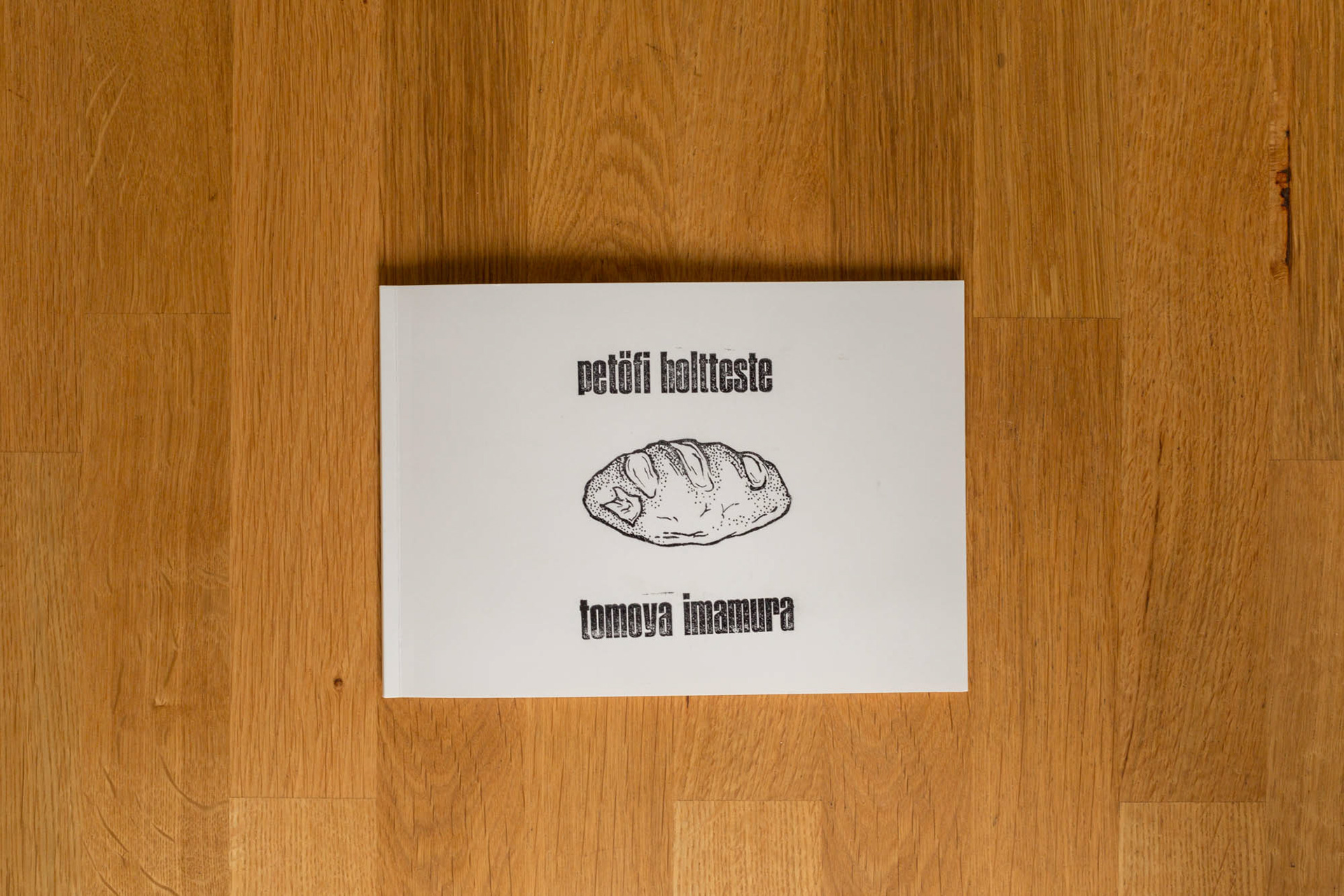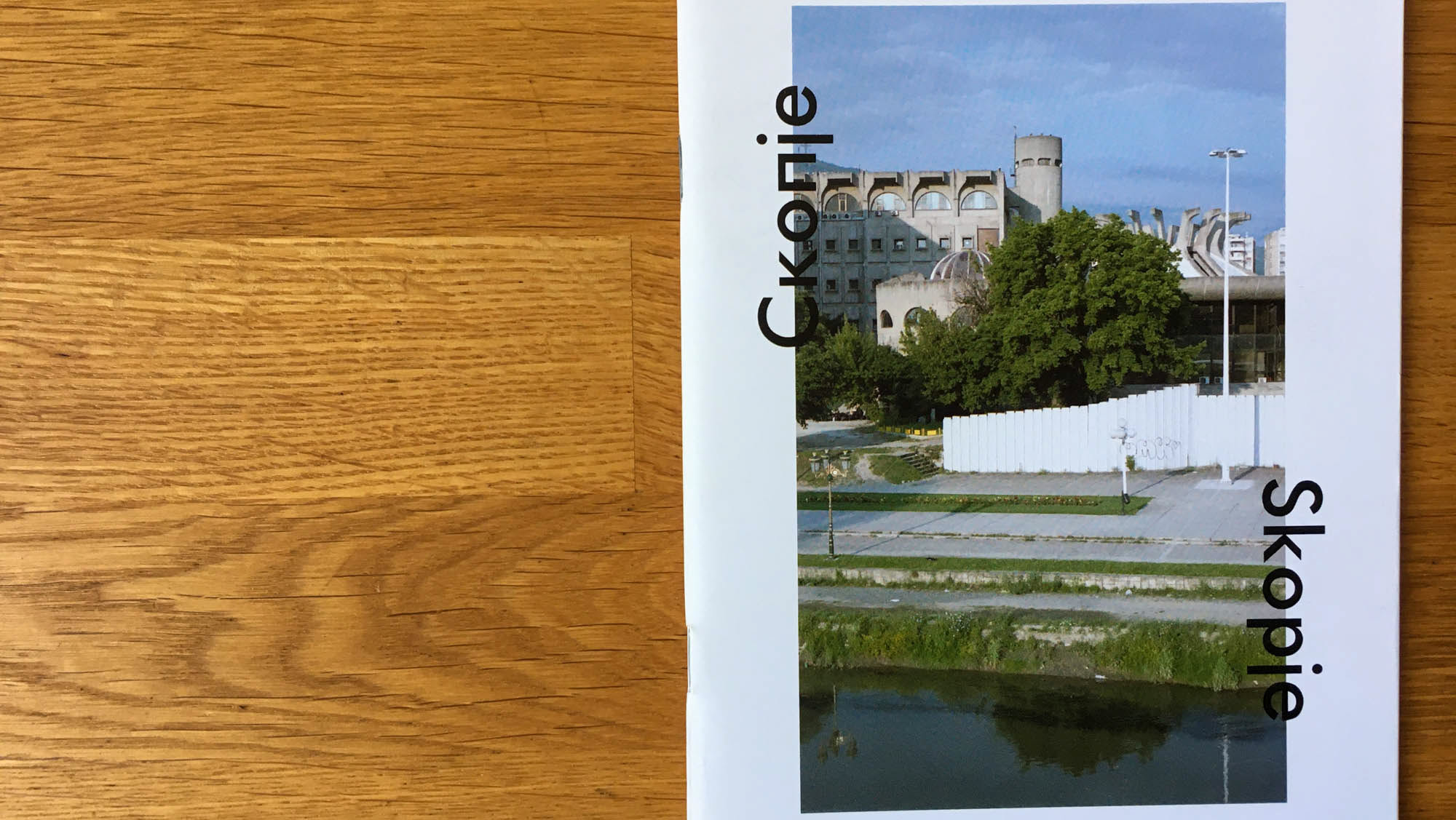Tomoya Imamura, Petőfi's Corpse
Artist: Tomoya Imamura
Title: Petőfi's Corpse
Designer: Tomoya Imamura
Editor: Tomoya Imamura
Publisher: Self Published
Publication date and place: Germany 2019
Format, binding: Softcover
Edition: 50
Size: 21 x 14,8 cm
Number of pages and images: 60
Type of printing and paper: digital print, 135g matte paper
Genre: Zine
Book description (eng):
The series attempts to describe a Hungarian present whose post-socialist reality nourishes a new form of nationalism. A people who have been oppressed for centuries, whose culture and education has centred around the history of said oppression, is searching for a new enemy to blaim in this new free, but unfair world. This image series combines documentary photography and staged images, though it remains unclear how much manipulation took place in each picture. Part of this staging are paper-mâché objects, which represent communist-, as well as Hungarian national symbolism. They serve as a white projection surface or burntout form. For outsiders, they are almost the only direct reference to Hungary, although the national symbolism depicted does not provide more information about Hungary than the occasional Hungarian-language lettering. The location thus remains in Eastern Europe and emphasizes the communist veil that poured the former Eastern bloc into uniform concrete. The 1kg-loaf of bread is a reccuring element in the series. It is a standardized remnant of the socialist system, but also draws a parallel to the „body of christ“ and the religious aspects of the right-wing-movement. Connected to the work‘s title it highlights Sándor Petőfi as a national „messiah“, whose death is just as unclear, as the evolution of Hungary‘s historical self image.
Book description (hu):
A képsor igyekszik egy magyar jelent körülírni, melynek posztszocialista állapota újfajta nacionalizmust szült. Egy évszázadok óta elnyomott nép, melynek kulturája és oktatása az elnyomottságról szól, új ellenségeket keres, akit vádolhat a mostani szabad, de nem igazságos világban. Egyaránt dokumentációs és beállított képeket tartalmaz a munka, bár nem egyértelmű, hogy az egyes képekben mekkora manipulációra került sor. E manipuláció részei a papírmasé plasztikák, melyek magyar nemzeti, valamint kommunista szimbólumokat ábrázolnak. Mivel a tárgyak fehérek, a fényképen kiégett formaként, vagy üres vetítőfelületként lépnek fel, ugyanakkor szinte kizárólag e tárgyak által kivehető a nyugati megtekintő számára, hogy Magyarországról van szó. Legtöbben pontatlan közönbösséggel keleteurópában helyezik el a jeleneteket, ami egyben kiemeli a szocialista uniformitás utóhatásait. Az 1kilós fehér kenyér szintén visszatérő elemként szerepel a képsorban. Egyrészt mint alapélelmiszer, melynek szabványossága a szocializmusra emlékeztet, másrészt mint vallásos referencia Jézus testére. A munka címével kapcsolatban kiemeli Petőfit, mint nemzeti „messiást“, kinek halála éppoly ködös, akár a magyar történelmi önkép fejlődése.
WEB
http://tomoyaimamura.de
















